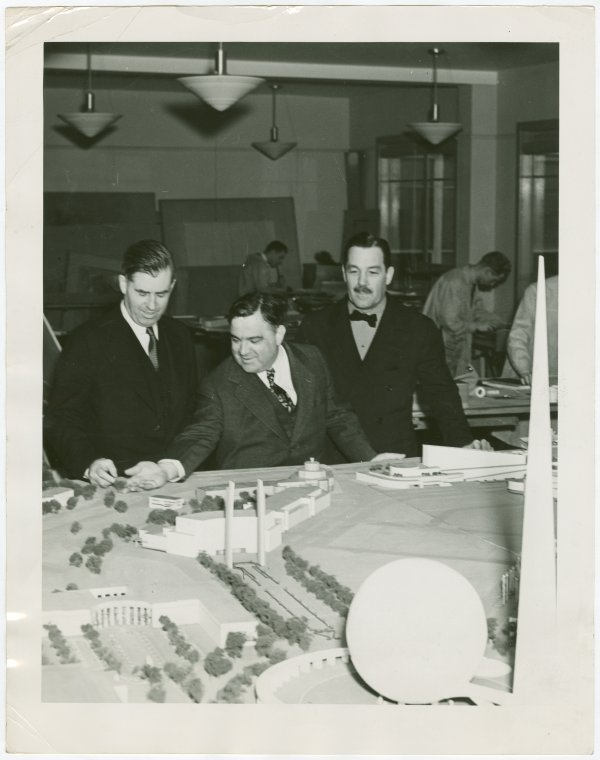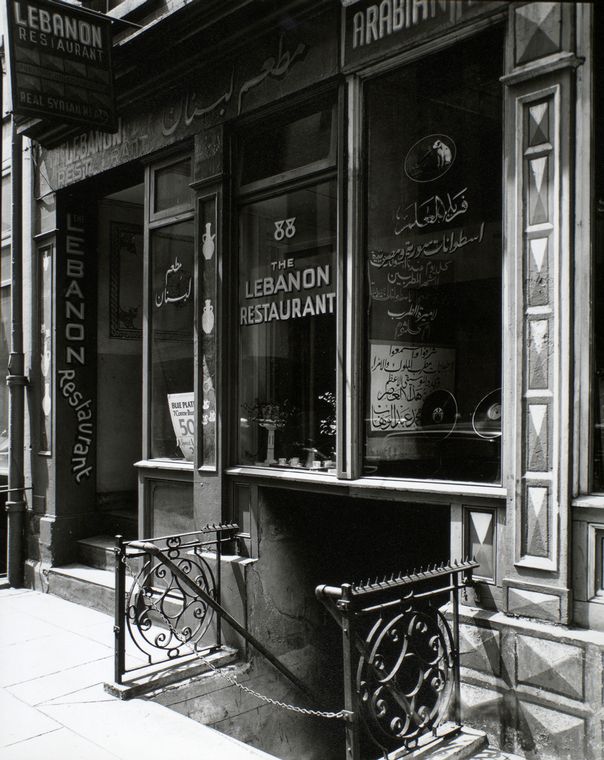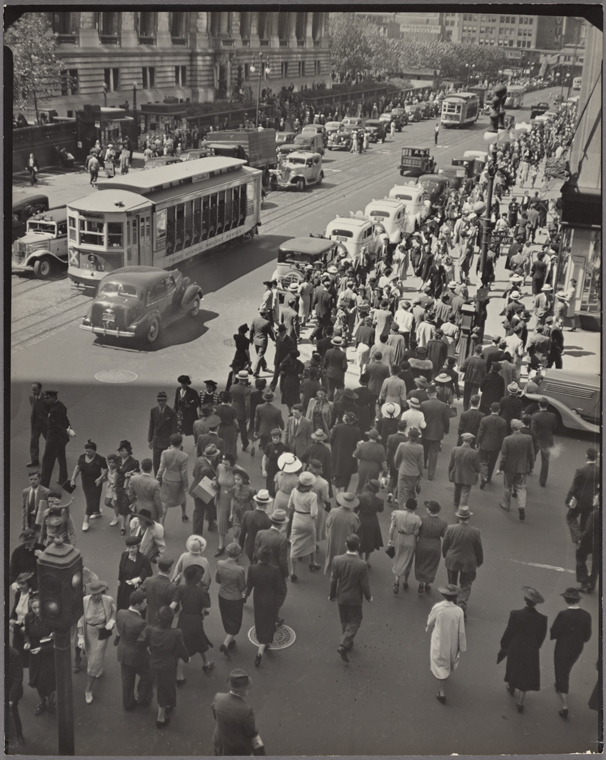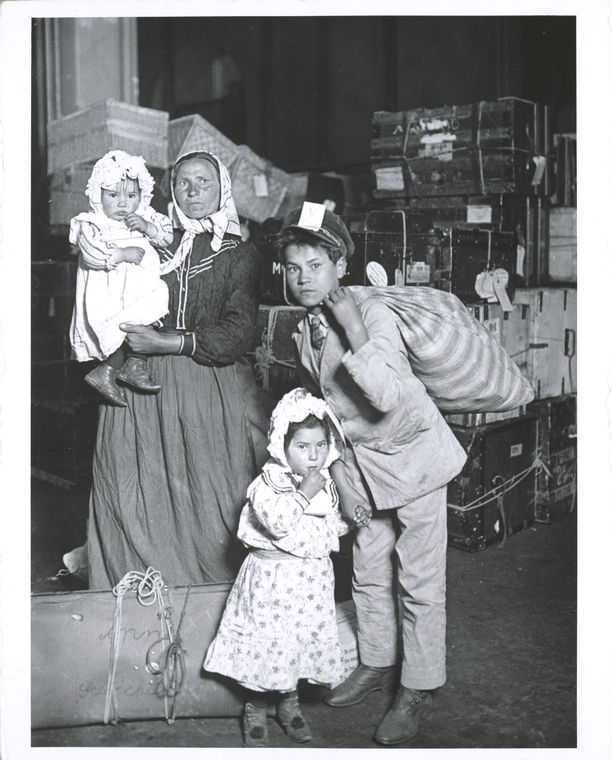NYC Neighborhoods
Changing the Changing City
Seeking further enlightenment into the city we call home, I recently took a class on the literary and cultural history of New York City. Among the many themes common to New York City novels we discussed was the portrayal of the city itself as a character with power to shape the lives of its citizens.
Many of us New Yorkers have felt this pressure in our own lives: we choose where to live based on our budgets, our hobbies, our family situation, and often our ethnic, linguistic or religious origins. The neighborhoods we choose shape our daily lives in ways it is sometimes difficult for those who have never lived in this city to understand. Those with many amenities—such as proximity to work, a doorman, safe neighborhoods and nearby groceries, banks, libraries and schools—have a lighter load than those without. Those without spend significant amounts of their time dealing with aspects of daily life taken for granted by others. Small choices we make out of necessity allow New York to determine the details of our lives in ways great and small.
Sometimes we are content with these choices, but it is not uncommon to meet New Yorkers displeased with their lot, who feel they have a constricted menu of options. This pessimistic view sees the city as a monolithic beast before which we quake as powerless mortals. We are the dispirited Bartlebys and the savage and depraved hoodlums of Last Exit to Brooklyn.
But is this image of the city as a force stronger than its citizens an entirely valid representation? Is it not possible that we shape the city in return?

There are also social movements that bring about change—think neighborhood organizing in Harlem, Stonewall Inn and the Gay Rights movement, or the more recent development of bicycling activism.
But when it comes down to it, most of us aren’t mayors, or city planners or social activists. Most New Yorkers live their daily lives in small ways, and yet they still exert what I like to call “unconscious change.” The choices they make—where to shop, where to live and socialize—are like dripping water on a stone.
The actions of numerous individuals all making seemingly private, personal decisions with their lives form a stream growing in force until the city is powerless to overturn its onslaught. We see this in myriad ways, from the building of the city ever northwards from the moment it was founded—by individuals setting up shop and constructing homes—to the influx of immigrants during the late 1800s, and the great migrations from the southern states in the early twentieth century. These demographic shifts forever altered the culture, cuisine, religious makeup, and literally the faces of the typical New Yorker. And similar movements continue to do so today.
Not only do new populations remake the larger shape of the city, their complicated ebb and flow alter the look and feel, and even economic status, of neighborhoods. This movement of social or ethnic communities is a phenomenon that has always existed, although today many rail against the form of it known as “gentrification.” However one feels about it—whether you are moving into an exciting “new” neighborhood or being pushed out by rising rents—demographic change traditionally has been THE defining factor of New York City neighborhood history.

So while we may sometimes feel powerless in our daily struggle against the city and its inconveniences, sometimes it’s a relief to think you, too, are leaving behind your mark, one small choice at a time.
For further inspiration on this topic, try these books:
- Around the World in New York
- Call It Sleep
- The Changing City
- From Urban Village to East Village
- His Family
- A Meaningful Life
- Naked city : the death and life of authentic urban places
- New York: The Big City and Its Little Neighborhoods
- Tenants of East Harlem
And these photograph collections:
- Changing New York: The Photographs of Berenice Abbott
- Lewis Wickes Hine: Documentary Photographs, 1905-1938
- Photographic Views of New York City, 1870s-1970s
Subject Headings:
Community development. Urban -- New York (State) -- New York
Cultural pluralism -- New York (State) -- New York.
Gentrification. -- New York (State) -- New York
Neighborhoods -- New York (State) -- New York.
New York (N.Y.) -- Social conditions.
New York (N.Y.) -- Social life and customs.
Urbanization -- New York (State) -- New York
Read E-Books with SimplyE
 With your library card, it's easier than ever to choose from more than 300,000 e-books on SimplyE, The New York Public Library's free e-reader app. Gain access to digital resources for all ages, including e-books, audiobooks, databases, and more.
With your library card, it's easier than ever to choose from more than 300,000 e-books on SimplyE, The New York Public Library's free e-reader app. Gain access to digital resources for all ages, including e-books, audiobooks, databases, and more.
If you don’t have an NYPL library card, New York State residents can apply for a digital card online or through SimplyE (available on the App Store or Google Play).
Need more help? Read our guide to using SimplyE.


Comments
BEAUTIFUL NYC PIECE
Submitted by Bárbara Herrnsdorf (not verified) on July 14, 2010 - 12:19pm
Barbara, Thank you for such
Submitted by Laura Ruttum on July 14, 2010 - 1:53pm
Laura, this is indeed a
Submitted by Caro (not verified) on July 14, 2010 - 5:06pm
And, bravo again! Always
Submitted by Evil Stepmother (not verified) on July 14, 2010 - 1:24pm
Great Piece
Submitted by Dagfinn (not verified) on July 14, 2010 - 2:11pm
New York City as a living entity
Submitted by Linda (not verified) on September 4, 2010 - 3:11pm